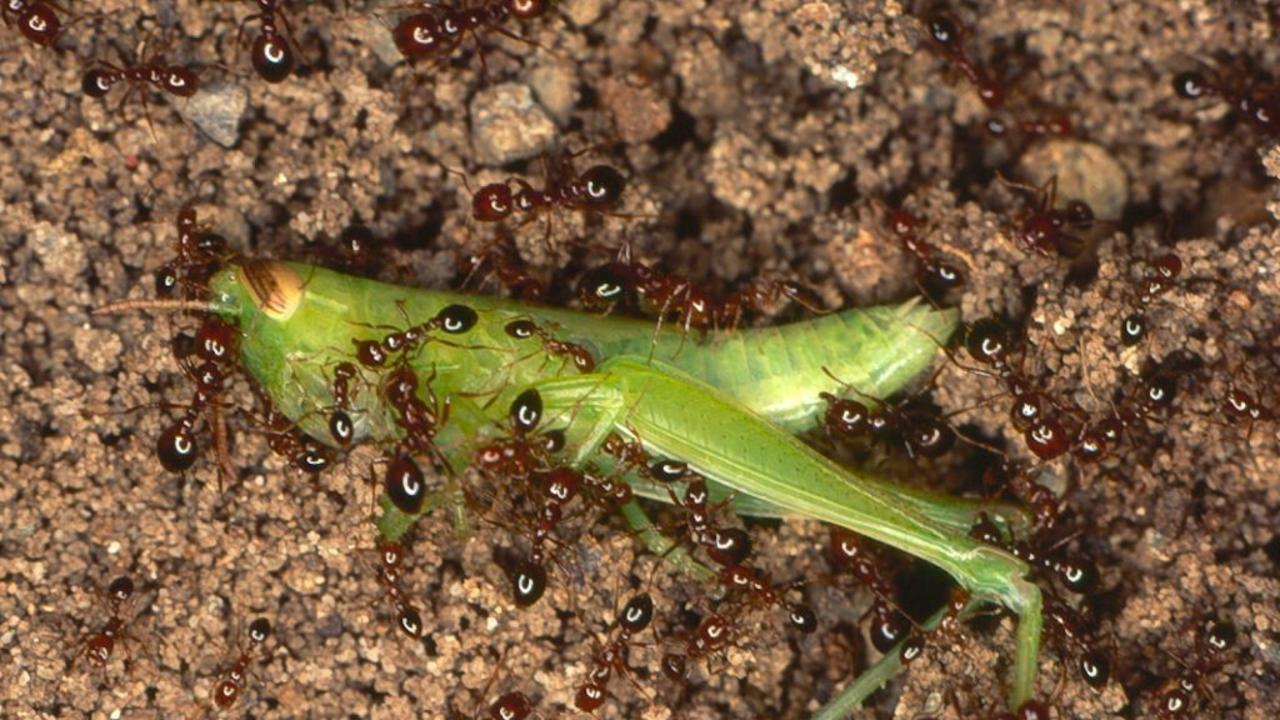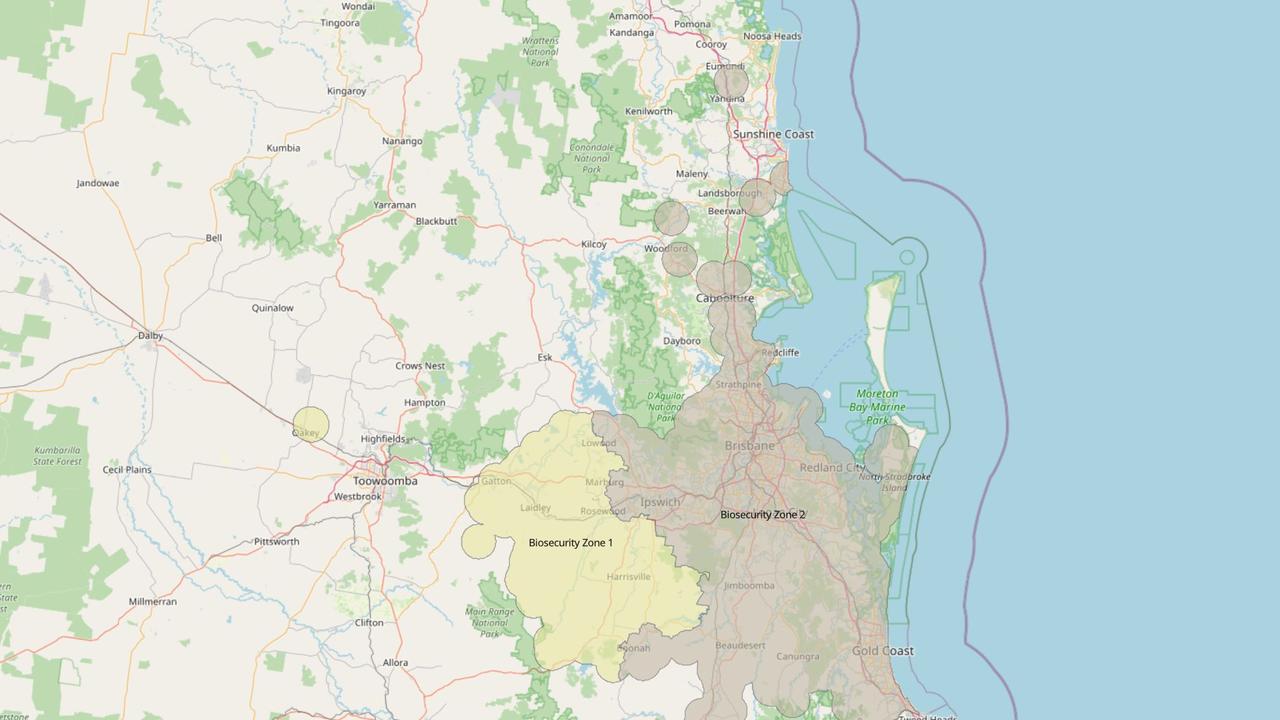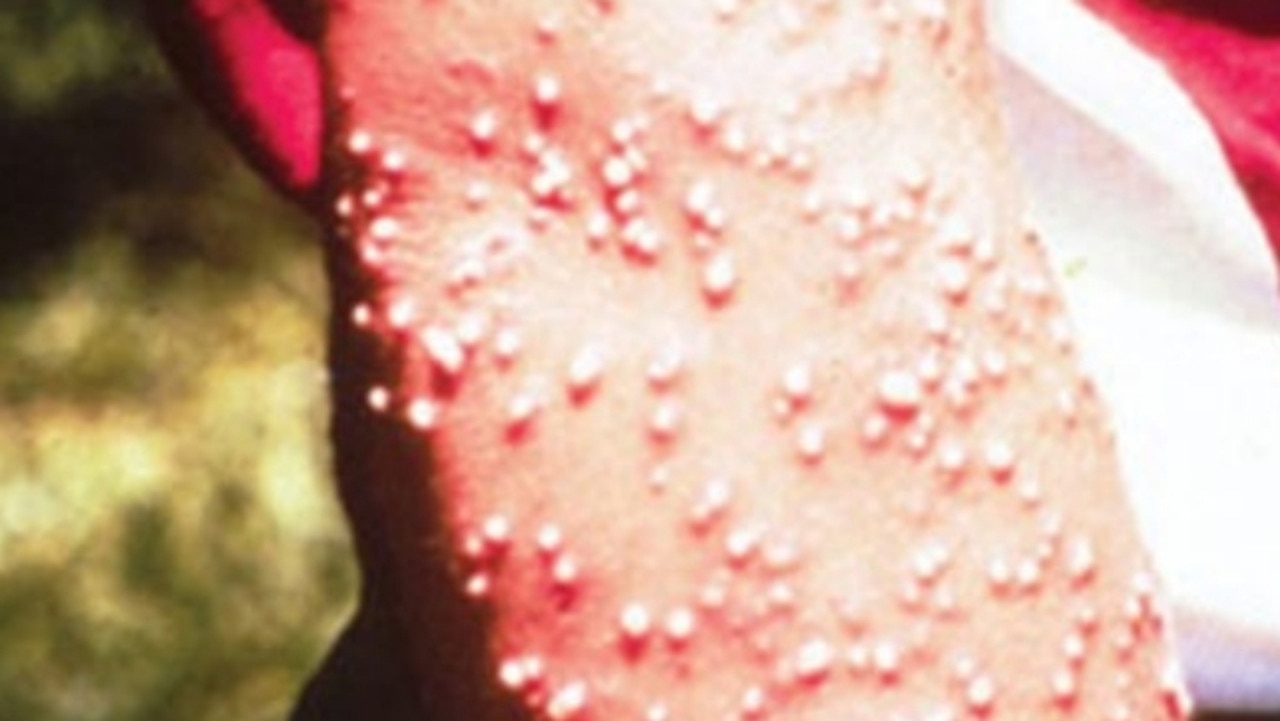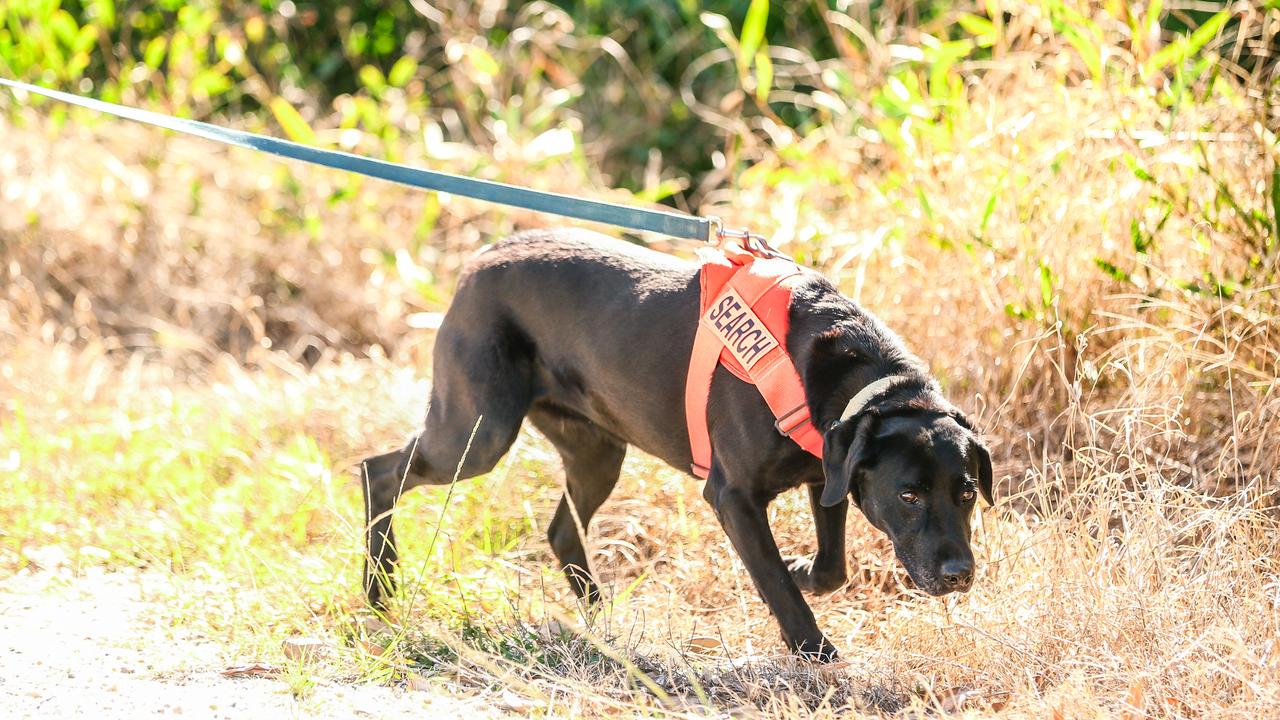Invasive fire ants nests found in southeast Queensland
Two nests of the highly invasive red imported fire ants have been detected and destroyed outside of official biosecurity zones in Queensland.

Breaking News
Don't miss out on the headlines from Breaking News. Followed categories will be added to My News.
Two nests of highly invasive red imported fire ants have been detected and destroyed outside of official biosecurity zones in Queensland.
Red fire ant nests were discovered by a local pest manager at the Harmony Estate, a new residential neighbourhood in the Sunshine Coast locality of Palmview, on Tuesday.
The following day, officers from the National Fire Ant Eradication program attended the site and destroyed the nests using insecticide injections.

Harmony Estate does not lie within one of the fire ant biosecurity zones, which are designed to restrict the movement of materials that could spread fire ants.
Over the past year, nine new fire ant outbreaks found outside official biosecurity containment zones have occurred on residential construction sites.

The National Fire Ant Eradication Program said they are continuing to work with developers who deal with materials that can carry fire ants, such as soil, pot plants, nursery stock, sand, gravel, grass, turf, hay, wood, or soil-moving equipment, to stop the spread.
A spokesperson from the National Fire Ant Eradication program said residents in the area should be on the lookout and report any other sightings of the highly invasive pest.
Extreme weather events, including ex-Tropical Cyclone Alfred, have fuelled the spread as the insects were forced above ground and floated on top of flood waters, which carried them into new areas.
Since the beginning of March, the National Fire Ant Eradication Program has received 60 reports of extreme reactions to fire ant stings requiring medical attention in southeast Queensland.
Of those reports, 23 people required hospitalisation.
This surge has also reportedly led to the death of a pet dog in Logan.
Fire ant stings, while generally not life threatening, can cause severe allergic reactions such as anaphylaxis in some people.

The most common reaction is a burning sensation, redness and swelling.
In addition to health impacts, fire ants feed on fauna that nests or feeds on the ground, and can displace or eliminate native species.

While each insect is only 2-6 mm long, the Queensland government estimates that if not eradicated, the impacts of fire ants in Australia will surpass the combined damage done each year by all other pests, including feral cats, wild dogs, foxes, camels, rabbits and cane toads.
Native to South America, red imported fire ants were first detected in Brisbane, Queensland in 2001.
The National Fire Ant Eradication program has successfully eradicated six separate incursions in Queensland, and one each in New South Wales and Western Australia.
Originally published as Invasive fire ants nests found in southeast Queensland






